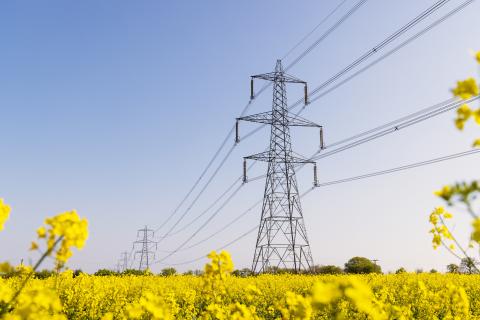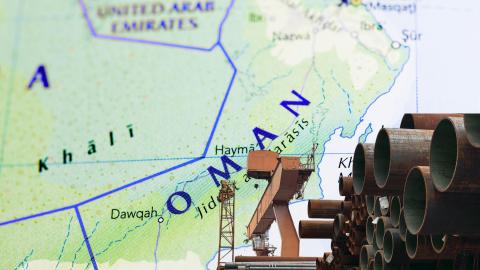IEEFA Energy Finance 2016: Rampal Project in Sundarbans Forest of Bangladesh: High-Priced Electricity and Foreign Subsidies
A controversial coal-fired power plant in southern Bangladesh would produce overpriced electricity and require massive public subsidies from neighboring India, according to an initial analyses by IEEFA.
The proposed Rampal power plant, which has drawn attention for its potential impact on the Sundarbans forest, would generate power that would probably cost ratepayers US 9.5 cents per unit, or 32 percent above average electricity prices in the region, IEEFA energy analyst Jai Sharda said during a Monday presentation at Energy Finance 2016.
“It would require massive subsidies,” said Sharda, including hundreds of millions of dollars from the Export Import Bank of India, which is backing the project with long-duration loans at well below-market interest rates. The capital cost of the 1.3GW plant has already blown out from US$1.5 billion toward a likely US$2 billion, and the proposed planned and construction timeline is already several years behind schedule, with full commissioning unlikely before 2020.
“While Bangladesh’s need to diversify and expand its power generation sources is entirely justified, adding high risk and high-cost imported-coal-based power production capacity, like the Rampal project, is not an economically feasible solution,” Sharda said.
“Solar and wind power provide attractive options for Bangladesh, making strategic sense by de-risking power generation from fuel-price and currency devaluation risks and diversifying and expanding the generation base,” he said.
The site of the proposed plant lies in close proximity to the Sundarbans, a Unesco World Heritage site that straddles the borderlands between Bangladesh and India and is home to Bangladesh’s last population of tigers.












